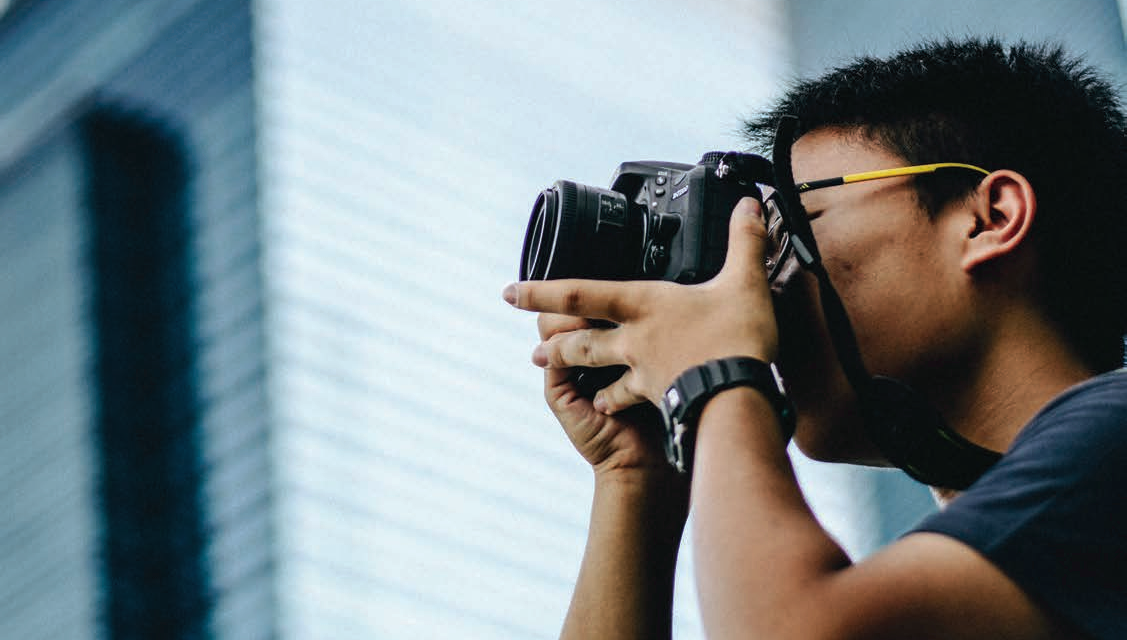
What are the risks of commercial use of photographic or film images of individuals taken in public spaces where the images have been captured without consent?
Footage of ‘crowd shots’ has long been used by advertisers for commercial purposes. In many shots, individuals in the crowd are indistinguishable, or identifiable only to very few people. The crowd scene might be fleetingly used in a one-off campaign with little consequence. But, what about the use of footage or images where individuals are clearly identifiable, perhaps even the focal point of the shot – such as zoomed in footage of the crowd taken at a sports event? Do those individuals have any right to object to the unapproved commercial use of their image?
No express image right in New Zealand
The starting point is that there is no express ‘right to image’ protection in New Zealand. In essence, this means that you do not own your appearance. There are no statutes generally prohibiting photographing someone in public without their consent, unless it falls within the definition of an ‘intimate visual recording’ – the ‘up skirt’ or ‘down shirt’ scenario.
However, in today’s ‘cult of celebrity’ landscape, commercial use of celebrity images without permission will land an advertiser in hot water. The typical argument is that it implies endorsement or sponsorship. Many, if not most, people would assume that the celebrity has permitted use of their image and is being compensated for it.
If the use is in fact unapproved, then consumer protection provisions of the Fair Trading Act 1986, which prohibit misleading or deceptive conduct, come into play. In addition, depending on the image used, there may be trademark infringement; for example of registered trademarks on the playing uniform of a sporting celebrity.
In the scenario of the non-celebrity image use, there is unlikely to be any copyright infringement (assuming the images are captured first-hand, rather than reproduced). The only copyright work is the photograph or film itself, and the owner of copyright will be the photographer, or the brand advertiser or advertising agency which commissioned the photograph, depending on the contractual position.
The copyright owner will not be the individual whose image has been ‘taken’. If the photograph or video is itself taken from the replay screen at the venue there may be a copyright work which has been taken, but it will still not be the videoed or photographed individual who owns the copyright.
Privacy: Is there a reasonable expectation of privacy in a public space?
An aggrieved individual who objects to the commercial use of his or her image is left with a potential privacy complaint or with a defamation claim, depending on the nature and type of use (e.g. modification of the image, association with a controversial brand or juxtaposition of other material).
A privacy complaint might take one of two forms. First, a claim that the photography and use amounts to an interference with the individual’s privacy.
This however requires not only a reasonable expectation of privacy, but publication that is highly offensive to a reasonable person. Being photographed in a public place does not rule out a reasonable expectation of privacy but it presents a significant hurdle.
In practice, this is heavily context dependent; New Zealand courts require a fairly exceptional case to satisfy that hurdle. Attending a public event such as a sports event means entrants are not likely to have a reasonable expectation of privacy in the stands. Some venues or events include ticketing terms or notices, such as a term that by entering the stadium patrons consent to being photographed or filmed.
This is an attempt to get a contractual release from all those entering. Whether it is a valid contract will depend on whether the term has been properly incorporated into the ticket purchase contract, and whether the purchaser has had sufficient notice of the term. However, even if not contractually binding, such a notice will likely influence the ‘reasonable expectation’ test.
On the other hand, if caught in an embarrassing incident which lasts all of a split second, why should an individual not have a right to protest the commercial use of a recording of the incident – particularly when it may be disseminated far more widely than would normally be expected, and might otherwise have been a candid moment unobserved by many people (if any).
Vulnerable people and children face an easier task to show both a reasonable expectation of privacy and that publication is highly offensive to a reasonable person.
In one English case, ex-Style Council muso Paul Weller succeeded in a privacy claim against media who photographed his children on a family outing. This was despite the fact that the outing was in California where public space considerations usually make the taking of such photographs perfectly legitimate. Interestingly, the facts and context were similar to the New Zealand case of Hosking v Runting, where the Court went the opposite way, in part because it was not influenced by European law as the Weller case was.
Does the Privacy Act apply?
The second way in which privacy may be engaged in our scenario is through the Privacy Act 1993. This legislation principally deals with the collection, storage, use and correction of personal information by ‘agencies’. Personal information is defined broadly as any information about an identifiable individual. Agency is also defined broadly. It essentially captures everyone, corporate or individual, including for instance a paparazzo, although specifically excluding a news medium in relation to its news activities.
The Act prohibits ‘collection’ of personal information – from anyone other than the individual – without that individual’s consent. But it also requires that any collection of personal information from the individual meets certain disclosure and consent requirements and that collection is not carried out by unfair means.
However, the difficult question is whether taking someone’s photograph in a public space amounts to a collection of personal information at all. After all, a photograph is merely a record of what we observe. If it is not a collection, then the disclosure and consent requirements of the Act do not need to be met.
On the few occasions on which the Privacy Commissioner has dealt with a complaint about use of a photograph taken in a public space, collection was assumed rather than critically examined. However, the Act specifically says that receipt of unsolicited information is not a ‘collection’. The Court of Appeal said in one case, albeit in a different context, that recording unsolicited information cannot amount to a collection in terms of the Privacy Act. It is therefore arguable that observing someone and recording that observation does not amount to a collection, as it too is unsolicited.
Privacy in another forum?
Privacy is a highly developed concept in rulings of the Broadcasting Standards Authority (and by extension, the Online Media Standards Authority), but advertising is excluded from the remit of both bodies.
A complaint about advertising is instead typically dealt with by the Advertising Standards Complaints Board, for instance under the Code for People in Advertising. A breach of the Code will occur if the use of the image portrays the individual(s) in a manner which is reasonably likely to cause serious or widespread hostility, contempt, abuse or ridicule.
Defamation – potentially but dependent on the use
Finally, there is the potential for a defamation claim in the case of humiliating use of the footage. If the photograph or film image is juxtaposed with other material in such a way that an individual is ridiculed or their reputation adversely impacted, there may well be legal recourse. Of course, it would be an expensive route to vindication.
Should you or shouldn’t you?
From the advertiser’s perspective, the uncertain or inadequate legal protection afforded individuals should not be seen as a green (or even amber) light. First, any international campaign may strike the problem that just because there is little protection in New Zealand, does not mean the same state of affairs exists in other countries.
Secondly, there are reputational issues to manage. Without background talent checks, there is always a risk that use of someone’s image unwittingly associates your brand with someone with a chequered history. Third, if the individual wants to take on the advertiser for failing to compensate them or get their consent, there are plenty of opportunities to whip up social media agitation.
Note from the author: This article is intended to provide general information only and is not intended to be relied on as legal advice.
Tracey J. Walker is a legal consultant, specialising in media law and intellectual property enforcement.








